Ensuring the safety and quality of drinking water is paramount for any community. In Raleigh, North Carolina, the municipal water supply undergoes rigorous testing and treatment processes to meet and often exceed the standards set by the U.S. Environmental Protection Agency (EPA). This article delves into the specifics of Raleigh's water quality, comparing it against EPA benchmarks, and highlighting key parameters that determine the city's water quality score.
Understanding EPA Drinking Water Standards
The EPA establishes National Primary Drinking Water Regulations (NPDWRs) to protect public health. These regulations set legal limits, known as Maximum Contaminant Levels (MCLs), on the presence of specific contaminants in drinking water. The contaminants are categorized into:
- Microorganisms: Such as coliform bacteria and viruses.
- Disinfectants: Chemicals like chlorine used in water treatment.
- Disinfection Byproducts: Compounds formed when disinfectants react with natural organic matter.
- Inorganic Chemicals: Including metals like lead and arsenic.
- Organic Chemicals: Such as pesticides and herbicides.
- Radionuclides: Radioactive substances like uranium and radium.
Each contaminant has an MCL, which is the highest level allowed in drinking water. These standards are designed to ensure water safety and are periodically updated based on new scientific data.
Raleigh's Water Sources and Treatment Process
Raleigh's drinking water is sourced primarily from two reservoirs: Falls Lake and Lake Benson. The city operates two water treatment plants:
- E.M. Johnson Water Treatment Plant: Treats water from Falls Lake.
- Dempsey E. Benton Water Treatment Plant: Processes water from Lake Benson.
The treatment process involves several stages to ensure water quality:
- Ozonation: Ozone is added to eliminate pathogens.
- Coagulation and Flocculation: Chemicals like ferric sulfate are introduced to bind small particles, forming larger particles that can be easily removed.
- Filtration: Water passes through multi-stage gravity filters to remove remaining impurities.
- Disinfection: Ultraviolet (UV) light and chloramines are used to ensure any remaining microorganisms are neutralized.
These comprehensive treatment steps are designed to ensure that Raleigh Water meets or surpasses EPA standards.

Key Water Quality Parameters in Raleigh
Raleigh Water conducts extensive testing, performing between 6,000 and 7,000 analyses monthly for various substances, including trace metals, pesticides, and bacteria. The city's annual Water Quality Report provides detailed insights into these parameters. Here are some key findings:
- Lead and Copper: Raleigh Water has consistently stayed below the EPA's action levels for lead and copper, maintaining compliance with the Lead and Copper Rule. The city has no known lead service lines, and proactive measures, such as optimizing corrosion control programs, help prevent lead and copper from leaching into the water supply.
- Disinfection Byproducts: Compounds like trihalomethanes (THMs) and haloacetic acids (HAAs) can form during water disinfection. Raleigh's water treatment process includes steps to minimize these byproducts, ensuring levels remain within EPA's permissible limits.
- Microbial Contaminants: Regular monitoring ensures that microbial contaminants, including coliform bacteria, are either absent or well below EPA's MCLs.
- Turbidity: This measures the cloudiness of water, which can indicate the presence of particles that may harbor pathogens. Raleigh's water treatment plants maintain turbidity levels significantly below the EPA's standard of 0.3 Nephelometric Turbidity Units (NTU) for at least 95% of samples per month. For instance, the E.M. Johnson Water Treatment Plant reported an average turbidity of 0.04 NTU, while the Dempsey E. Benton Plant reported 0.03 NTU, both well below the EPA's limit.
Addressing Emerging Contaminants
Emerging contaminants, such as per- and polyfluoroalkyl substances (PFAS), have garnered attention due to potential health risks. The EPA has proposed new standards to limit PFAS in drinking water to 4 parts per trillion. Raleigh Water is already hovering just around the new proposed guidelines, indicating proactive measures in monitoring and treatment. The city's treatment process includes the use of powdered activated carbon to reduce PFAS levels.
Community Engagement and Transparency
Raleigh Water emphasizes transparency and community involvement. The city provides annual Water Quality Reports, which detail testing results and compliance with EPA standards. Residents can access these reports to stay informed about the quality of their drinking water.
Additionally, Raleigh Water offers resources for residents concerned about potential lead exposure. While the city has no known lead service lines, older homes may have plumbing that could contribute to lead levels. The city provides guidance on checking water service lines and tips to minimize lead exposure, such as flushing faucets and using cold water for cooking and drinking.
Conclusion
Raleigh's commitment to providing safe and high-quality drinking water is evident in its rigorous treatment processes, regular monitoring, and proactive measures to address both current and emerging contaminants. By consistently meeting and often exceeding EPA standards, Raleigh Water ensures that residents can trust the quality of the water flowing from their taps.
Looking for a high-quality hydration solution that meets the highest safety standards? BoostedOxygenWater delivers ultra-pure, oxygen-enriched water sourced and treated to exceed EPA guidelines. With cutting-edge filtration and rigorous testing, our water ensures superior purity, taste, and wellness benefits. Whether for retail shelves, gyms, or wellness centers, our wholesale options provide the perfect hydration boost for your customers.
Partner with us and offer hydration you can trust. Contact us today to discuss wholesale pricing and exclusive deals. Schedule a call now and bring BoostedOxygenWater to your customers!
Reference:
Karim, K., Guha, S., & Beni, R. (2020). Comparative analysis of water quality disparities in the united states in relation to heavy metals and biological contaminants. Water, 12(4), 967. https://doi.org/10.3390/w12040967

